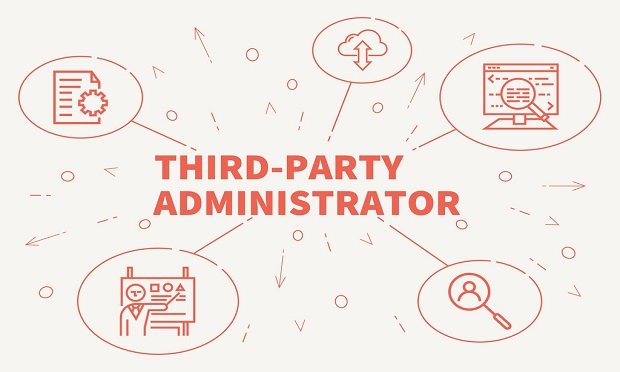 New insurers entering the market can take advantage of a third-party administrator (TPA) to manage claims without initially investing in expensive systems and teams. (Photo: OpturaDesignAdobe Stock)
New insurers entering the market can take advantage of a third-party administrator (TPA) to manage claims without initially investing in expensive systems and teams. (Photo: OpturaDesignAdobe Stock)
Despite difficult macroeconomic circumstances, the insurance market has seen green shoots of recovery after years of depressed rates. We have seen combined ratios, excluding catastrophic losses, improve markedly and new entrants, both excess and surplus and admitted, emerged in recent months.
Recommended For You
Want to continue reading?
Become a Free PropertyCasualty360 Digital Reader
Your access to unlimited PropertyCasualty360 content isn’t changing.
Once you are an ALM digital member, you’ll receive:
- Breaking insurance news and analysis, on-site and via our newsletters and custom alerts
- Weekly Insurance Speak podcast featuring exclusive interviews with industry leaders
- Educational webcasts, white papers, and ebooks from industry thought leaders
- Critical converage of the employee benefits and financial advisory markets on our other ALM sites, BenefitsPRO and ThinkAdvisor
Already have an account? Sign In Now
© Touchpoint Markets, All Rights Reserved. Request academic re-use from www.copyright.com. All other uses, submit a request to [email protected]. For more inforrmation visit Asset & Logo Licensing.






